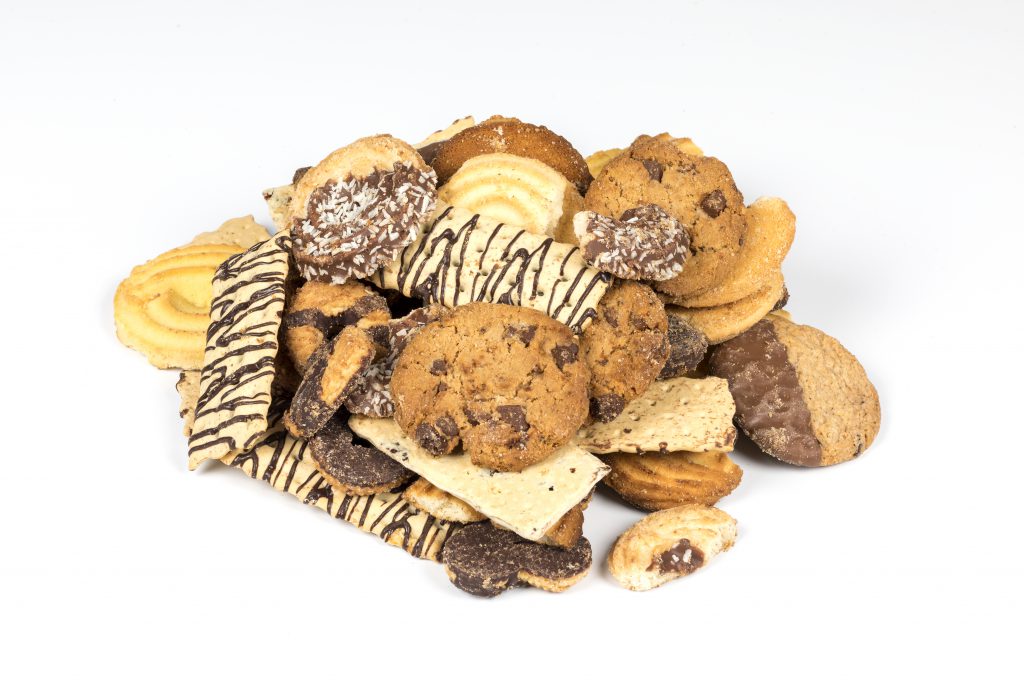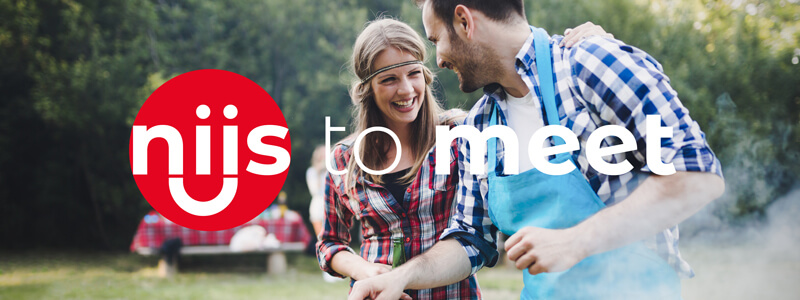From Food to feed

Dutch company Nijsen produces about 90.000t of animal feed a year from discarded foodstuffs. According to the company’s business development manager, Karel van der Velden, using food waste to produce animal feed means fewer hectares of grain have to be planted to produce feed, and more can be planted to food grains that will ensure food sustainability.
Using food for feed is also the only way to drastically curb food waste and ensure agriculture’s long-term sustainability.
The beginning
Feed producer Jacques Nijsen started the initial company in 1938. In 1989, Granico, also a feed company, was bought.
In the same year, Nijsen/Granico, based in Veulen in the Netherlands, began assessing whether former foodstuffs could be sustainably used as animal feed.
An initial investigation into using dough for feed was rejected, as it was too wet and sticky and needed to be processed into dry material. However, further investigation by the company’s nutritionist showed it was possible to make feed from food, and that recipes could be devised that would have a consistent final nutritional outcome.
A market analysis showed there would be enough supply to justify building a plant to process former foodstuffs.
In 2006, they completed their food-for-feed plant. The company now processes bread, dough, biscuits, pastry, toast, cookies, sweets, chocolate, marmalade, cakes, snacks and semi-finished foodstuffs into high-quality animal feed. They specialise in piglet feed.

Source of raw materials
All the food taken for processing into animal feed is pre-consumer, which means it is sourced directly from food processors or bakeries that had rejected it. The products are primarily rejected for ‘optical reasons’. “For example, a pita bread may be too ‘light’ and not have enough of a ‘toasted look’, and would therefore not be bought by today’s extremely critical consumers,” says Van der Velden. Food can also be rejected if it simply does not adhere to new marketing or production practices. For example, a run of high-quality Belgian chocolate can be rejected if it is produced just as the packaging changes.
All foodstuffs intended for European consumers have to meet specific quality requirements, and this is a benefit for Nijsen. Grains and cereals are non-GMO and have low mycotoxin counts, as opposed to grains produced for feed, which could have a high mycotoxin count, and possibly not be subject to as stringent pesticide restrictions as food crops. The dough for pies has good quality oils and fats added to it; the sugar in it is easily digestible, and young animals especially benefit from this. “The food systems created by fast-paced living assure there is sufficient supply,” says Van der Velden. Consumer demand for new types of products and packaging means there is always a new flow of consumer options, and so, more rejections. “Factories have learnt this and have stopped delivering [imperfect foods] to supermarkets as it will be returned or not sold at all. We learnt that about 4% waste by food producers is the norm, though factories that specialise in one type of food bring waste down to 1,5% or 2%.” During food product development, a product is tested in a laboratory on a small scale. Once it is approved and production begins, a couple of tons an hour has to be produced or processed for its production to be economical. At this stage, many quality food products are made but not sold, as the packaging is still being
developed by marketers. Often, manufacturers simply do not put their new products on the market. “This creates a continuous flow of rejects, and we buy those products,” says Van der Velden.
‘WE GATHER PRODUCTS
FROM 70 INDUSTRIAL BAKERIES’
“One hamburger company said the buns they baked were not brown enough. They had produced 500 000 buns. For the bakery it isn’t economical to shut ovens down, so they bake [more
than they] need, and we get the rejects. It is how the food systems that the world has created work.” In another instance, a company had created a range of gingerbread, but only realised once the product had been produced that when the packaging was held at a certain angle, it gave off a blue tinge. Some customers would reject such a product, and Nijsen picked it up.
“The raw materials in cookies, like wheat, cost maybe €350/t (about R5 795/t), but once processed into cookies it is [exponentially] more. “For factories it is more economical to throw it all away
and keep their production constant and optimised, instead of shutting production down. “At the moment, we gather products [from] about 70 industrial bakeries, and have a total of 213 suppliers.
“Collecting product is also part of our service. As industrial bakeries grow bigger, deliveries of dough can be up to 20t at one time. Some bakeries deliver 1.000t of dough a year to Nijsen.”
About 50% of their products are sourced from the Netherlands, with the rest coming from other EU countries. Their feed is sold in the Netherlands, Belgium and France. While, initially, many raw materials were supplied to them at no cost, the market is now competitive as biogas installations and farmers also source raw material for fuel from the same factories.
The Process
Though many animal feed companies process only one raw material successfully, Nijsen processes many. But its real advantage is that it is able to remove any type of packaging mechanically. Products arrive at the mill in packaging ranging from plastic to paper, cartons and metal boxes. They are sent through a hammertype mill and once everything is crushed, airflow and a series of sieves separate the foodstuffs from the packaging. Some sieves employ up to 750-micron holes to filter the liquids. The mechanics of it all are, however, a trade secret, and so finely developed that the chocolate can be taken off a cookie and eventually end up as separated raw feed material. The raw materials entering the factory contain differing levels of dry matter, often between 40% and 45%. It is then dried to 90% dry matter, which is ideal for feed mixtures. Dry material is stored for longer periods as it will remain usable, but wet material is processed on the day of delivery to keep it from spoiling. The team knows what the storage capacity of each raw material is. Most pig feed uses about 70% cereals, and Nijsen buys in about 30% of cereals, but produces the remaining 40% from former foodstuffs. The company aims to have the total cereal demand met by former foodstuffs. Sweets are processed into sugar and syrups, with, for example, the candy syrup endproduct going to a dairy pelleting agent, and sugar going to dairy farmers to replace molasses. To get a consistent end product, the blending is handled
meticulously as the initial raw material has different sugar and cereal levels. To do this, Nijsen determines the end result it desires, and then blends products ‘backwards’ to reach it. The basis of all feed is a mixture of dried dough, biscuits and food. Just like animal feed using cereals or grains, Nijsen adds fats, oils, vitamins and minerals
to create a compound feed.
The future
Van der Velden says Europe produces about 156 million tons of compound feed a year from feed cereals that have to be grown, so Nijsen product is a drop in the ocean towards sustainability. But former processed foodstuffs are nutritionally equivalent to grains, and it has been calculated that replacing the 3,5 million tons of former foodstuffs that is processed into animal feed in Europe every year, which is normally discarded, would require about 350 000ha to 400 000ha of wheat. “In essence, we sell good behaviour. Products that we don’t use, end up at landfills,” he says. Van der Velden adds that in the EU, calculating companies’ carbon footprint is becoming essential, and not discarding waste can lower that footprint. As animals contribute to climate change, they have to be seen as adding value. And by consuming raw material leftovers, they help keep food prices down.



